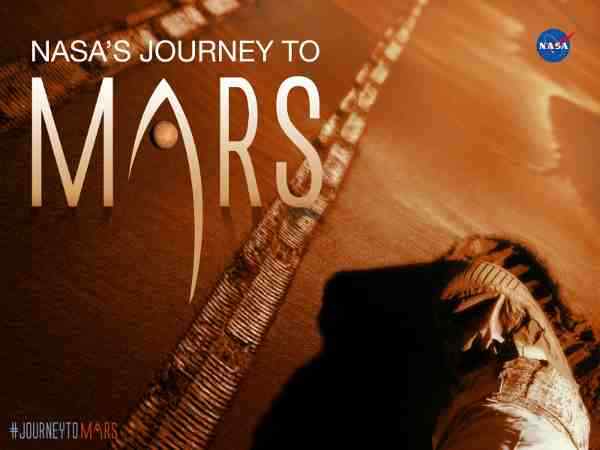Journey to Mars: Sending Humans to the Red Planet

NASA is soliciting ideas from U.S. industry for designs of a Mars orbiter for potential launch in the 2020s. The satellite would provide advanced communications and imaging, as well as robotic science exploration, in support of NASA’s Journey to Mars.
According to NASA, the orbiter would substantially increase bandwidth communications and maintain high-resolution imaging capability.
It also may use experimental cutting-edge technologies, such as high-power solar electric propulsion or an optical communications package, which could improve transmission speed and capacity over radio frequency systems.
Under the direction of NASA’s Mars Exploration Program, the agency’s Jet Propulsion Laboratory (JPL) in Pasadena, California, is conducting pre-formulation planning for this possible orbiter mission.
[ Schools Compete in Cook-off to Select Food for Astronauts ]
Pre-formulation plans include the procurement of industry studies for a solar-powered orbiting spacecraft. This effort seeks to take advantage of industry capabilities to improve deep space, solar electric propulsion-enabled orbiters to accommodate scientific instruments, demonstrate capability for rendezvous and capture, and advance telecommunications capabilities.
“Our success in exploring Mars, to unravel the mysteries of the Red Planet, depends on having high bandwidth communication with Earth and overhead imaging,” said John Grunsfeld, astronaut and associate administrator of NASA’s Science Mission Directorate in Washington.
JPL plans to award concept study subcontracts of $400,000 per subcontract in June. The concept studies for the spacecraft will be completed over a four-month period.
In response to an earlier request from NASA, the Mars Exploration Program formed an analysis group that proposed, in a 2015 report, possible science objectives for a Mars orbiter capable of replenishing and advancing the telecommunications and reconnaissance resources available at Mars.
NASA is on an ambitious journey to Mars that includes sending humans to the Red Planet, and that work remains on track. Robotic spacecraft are leading the way for the Mars Exploration Program, with current missions, in addition to the planned launch of the Insight lander in 2018, and the design and build of the Mars 2020 rover.
Photo courtesy: NASA





